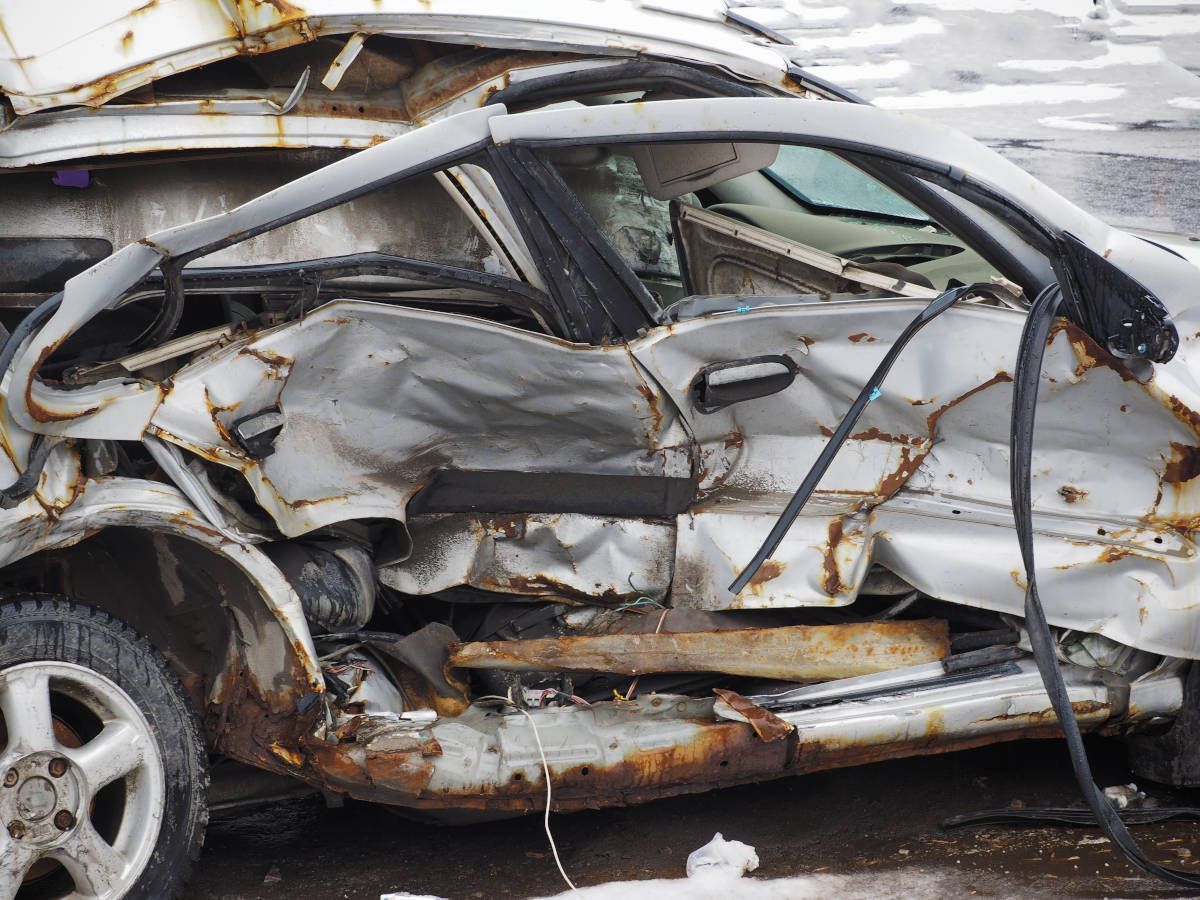Traffic Fell but Deaths Rose in 2020

Less traffic but more fatal accidents. That’s the quickest way to sum up the effects of the COVID-19 pandemic on traffic safety. Federal safety regulators say the increases came mostly in the third and fourth quarters of 2020, as a nationwide lockdown cut commuter traffic to a fraction of its normal volume.
Just why this happened is open to speculation. The National Highway Traffic Safety Administration (NHTSA) attributes the higher death rate to failure to wear seat belts, driving while impaired, excessive speed and other routine causes.
Whatever the reason, 38,680 people died in traffic accidents, the largest projected numb er since 2007, and an increase of about 7.2 percent from the previous year, according to NHTSA’s Early Estimate of Motor Vehicle Traffic Fatalities in 2020,
NHTSA said its research suggests that throughout the lockdown, driving patterns and behaviors changed significantly, and that drivers who remained on the roads engaged in more risky behavior, including speeding, failing to wear seat belts, and driving under the influence of drugs or alcohol.
Traffic data indicates that average speeds increased throughout the year, and examples of extreme speeds became more common, while the evidence also shows that fewer people involved in crashes used their seat belts.
“Safety is the top priority for the U.S. Department of Transportation. Loss of life is unacceptable on our nation’s roadways and everyone has a role to play in ensuring that they are safe. We intend to use all available tools to reverse these trends and reduce traffic fatalities and injuries,” said Dr. Steven Cliff, NHTSA’s Acting Administrator.
Preliminary finding show that traffic fatalities rose in most major categories over 2019:
- Passenger vehicle occupants (23,395, up 5%)
- Pedestrians (6,205, flat from 2019)
- Motorcyclists (5,015, up 9%)
- Bicyclists (846, up 5%)
Crash factors and demographics reviewed by NHTSA that showed the largest increases in 2020 as compared to 2019 included:
- non-Hispanic Black people (up 23%);
- occupant ejection (up 20%);
- unrestrained occupants of passenger vehicles (up 15%);
- on urban interstates (up 15%);
- on urban local/collector roads (up 12%);
- in speeding-related crashes (up 11%);
- on rural local/collector roads (up 11%);
- during nighttime (up 11%);
- during the weekend (up 9%);
- in rollover crashes (up 9%);
- in single-vehicle crashes (up 9%) and;
- in police-reported alcohol involvement crashes (up 9%).
There are a few categories that are projected to have decreases in fatalities in 2020. Fatalities in crashes involving a large truck (commercial or non-commercial use) are projected to decline marginally (down 2%). Fatalities among older persons (65+ years of age) are projected to decline by about 9 percent.
